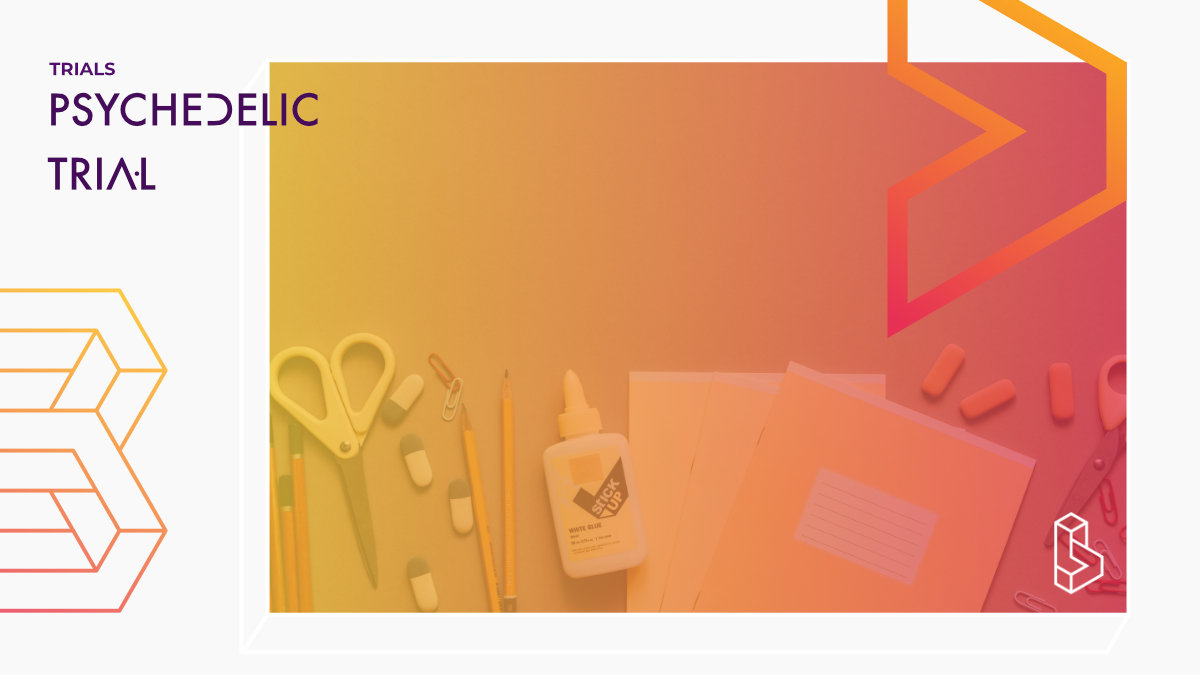This double-blind, placebo-controlled trial (n=1, terminated) aimed to determine whether perioperative administration of ketamine could increase postoperative pain tolerance and reduce opiate consumption in chronic back pain patients undergoing spinal laminectomy/fusion when compared to placebo.
The study, conducted at the University of Pittsburgh, involved patients undergoing lumbar, thoracic, or cervical spine surgery of at least one level and no more than six levels, with chronic back pain lasting over three months. Patients were considered opioid-dependent if they had been using opioids twice a day for two months or longer. Intraoperatively, patients received either a 1 mg/kg dose of intravenous ketamine or saline, followed by continuous infusion of ketamine or saline postoperatively. The primary outcome measure was hydromorphone PCA usage during the first 72 hours postoperatively, with secondary measures including VAS pain scores, emotional distress surveys, and satisfaction with social roles and activities.
The trial followed a randomized, double-blind, placebo-controlled design, with participants allocated into either the Ketamine Group or the Placebo Group. The intervention involved administering ketamine or saline intravenously and monitoring opioid usage and pain scores at various time points postoperatively. The study aimed to assess the efficacy and safety of ketamine in reducing postoperative pain and opioid consumption in opioid-tolerant patients undergoing lumbar spine surgery.
The trial began on December 17, 2019, with the primary completion date on November 19, 2022. However, the study had to be terminated due to unexpected issues related to the 2020 COVID-19 pandemic. The responsible party for the study was Jacques E. Chelly from the University of Pittsburgh.
Trial Details
Trial Number
Sponsors & Collaborators
University of PittsburghThis company doesn't have a full profile yet, it is linked to a clinical trial.

